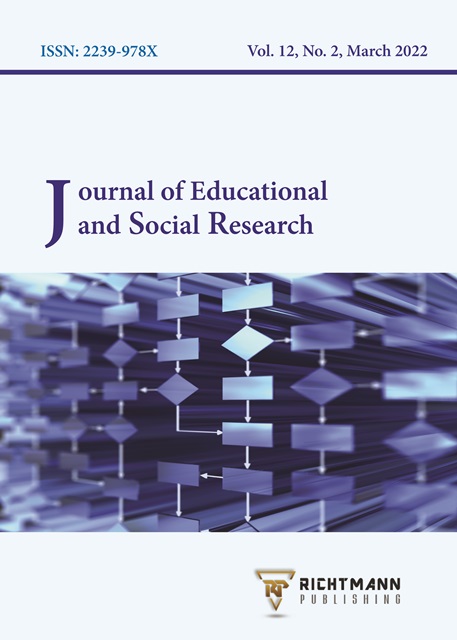Parents’ Perspectives of Distance Education during Crises: The Benefits and Disadvantages
DOI:
https://doi.org/10.36941/jesr-2022-0041Keywords:
Distance education, Crisis, Parents’ perspective, COVID-19Abstract
This study explored parents’ views on the benefits and disadvantages of distance learning during crises. They have been informed about a school platform called Madrasti which has an electronic educational system. The study used the descriptive research method and open interviews on a sample of 28 parents (pairs of fathers and mothers) of 14 Saudi families with children at the primary education in different cities in the Kingdom of Saudi Arabia at the second term of 2020–2021. Study results indicated economic, social, and educational benefits, such as saving school fees, family spending with children, and students acquiring e-learning skills. However, disadvantages were also noted, such as long hours spent on the platform, slow and intermittent Internet connection, poor computer skills among students, and teachers’ poor class management. Results of the study indicated some positives, economic, social, and educational, such as saving school fees, Family becomes spending more time with children, students learning skills in e-learning. In contrast, there are some negatives such as the platform's time being too long, weakness, and constant interruption of the Internet. Weakness of using computer skills for some students, and some teachers have weakness in class management. Thus, the study suggests educational, economic, social, and technical requirements to improve the effectiveness of the Madrasti platform. Additionally, future research must explore social problems faced by Saudi families during distance learning and the extent of students’ satisfaction with education through the Madrasati educational platform.
Received: 17 November 2021 / Accepted: 4 January 2022 / Published: 5 March 2022
Downloads
Downloads
Published
Issue
Section
License

This work is licensed under a Creative Commons Attribution-NonCommercial 4.0 International License.
This work is licensed under a Creative Commons Attribution-NonCommercial 4.0 International License.









